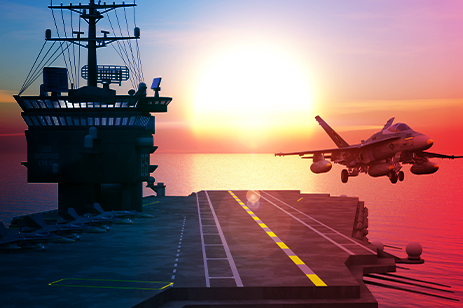
Please register for an account to request access to the Workshop presentations.
The 2021 Aerospace Instrumentation Technology Workshop was held March 23-24, 2021. This presentation by Ben Kupferschmidt covers improvements that we have made to TTCWare to make it easier to use. These include the modernization of many of the most commonly used screens in the software and an updated main user interface.